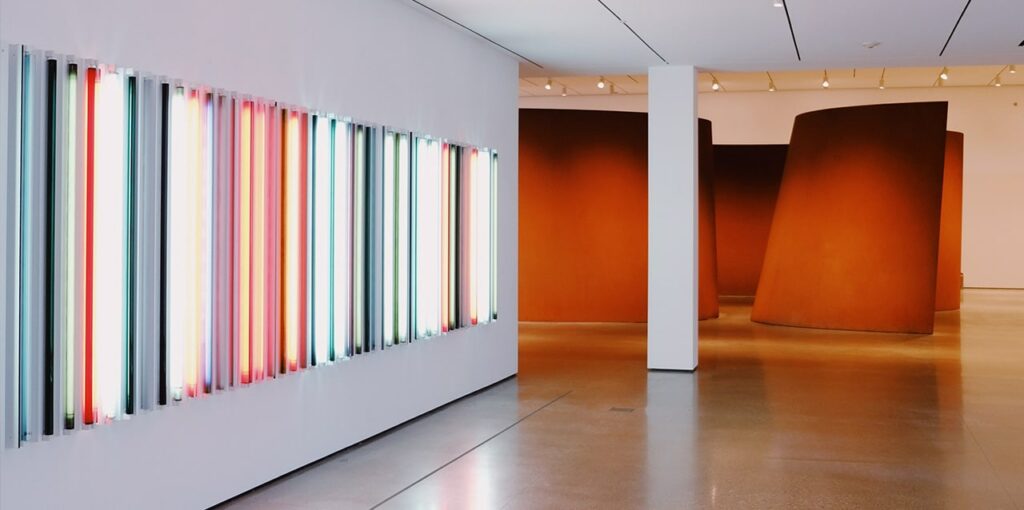
Unpacking the Meaning of Contemporary Art: A Critical Analysis
Contemporary art is a complex and multifaceted field that can challenge even the most experienced art enthusiasts. While some people may dismiss contemporary art as meaningless or confusing, others argue that it represents a crucial component of the art world. In this article, we’ll explore the meaning of contemporary art, the role of the viewer, key themes in contemporary art, and critiques of the field.
Defining Contemporary Art
Contemporary art is a term that is difficult to define. Unlike other art movements, contemporary art does not have a clear set of characteristics that distinguish it from other types of art. Instead, contemporary art is defined by its relationship to the present moment. As a result, contemporary art can take on a variety of forms and styles, from traditional painting and sculpture to performance art and video installations.
The Role of the Viewer

One of the most significant ways that contemporary art differs from other art movements is in its relationship to the viewer. In many cases, contemporary art challenges traditional notions of art by requiring the viewer to actively engage with the work. Rather than simply admiring a beautiful painting or sculpture, viewers of contemporary art must often grapple with complex themes and ideas.
Key Themes in Contemporary Art
While contemporary art can take on a wide range of forms and styles, there are several themes that are commonly explored in the field. One of the most prominent of these themes is social justice. Many contemporary artists use their work to address issues of inequality, discrimination, and social justice. For example, artist Kara Walker is known for her large-scale silhouettes that explore the history of slavery and the ongoing legacy of racism.
Another common theme in contemporary art is environmentalism. Many contemporary artists use their work to call attention to environmental issues such as climate change and pollution. For example, artist Olafur Eliasson created a series of installations that used melting ice to draw attention to the impact of global warming.
Critiques of Contemporary Art
Despite the many strengths of contemporary art, there are also several critiques of the field. One common criticism is that contemporary art often lacks technical skills. Critics argue that many contemporary artists prioritize concept over technique, resulting in works that are poorly executed or not aesthetically pleasing.
Another criticism of contemporary art is its commercialization. Many contemporary artists create work with the goal of selling it to collectors or museums, leading some critics to argue that the art is created solely for financial gain rather than artistic expression.
Conclusion
Contemporary art is a complex and dynamic field that can challenge even the most experienced art enthusiasts. While some may dismiss contemporary art as meaningless or confusing, others argue that it represents a crucial component of the art world. By exploring the meaning of contemporary art, the role of the viewer, key themes in contemporary art, and critiques of the field, we can gain a deeper understanding of the significance of contemporary art and its potential to provoke thought and change.






Responses